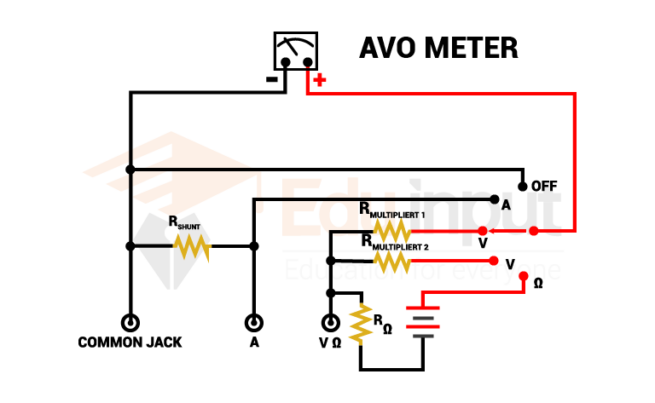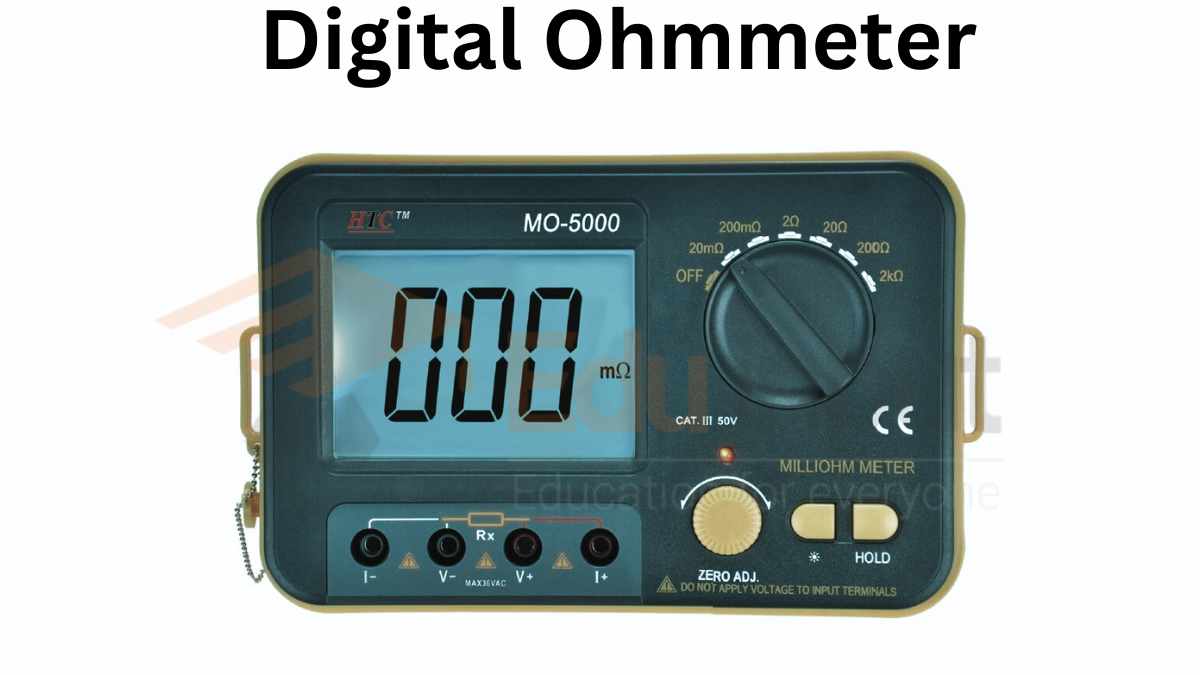Inductive Coupling | Low-Frequency Induction
When an electrical current causes a magnetic field to create an effect on something else, it’s referred to as inductive coupling. When this happens, the two become interdependent because of the magnetic field’s effects.
What is an Inductive Coupling?
Inductive coupling is similar to capacitive coupling except that it uses magnetic fields instead of electric fields. An inductor is a coil of wire that creates a magnetic field around it. When a voltage is connected to the first end of the coil, an electric field is created inside the coil. If a second conductor passes through the center of the coil, an induced electric field forms at the second conductor’s surface.
The magnitude of the electric field is proportional to both the number of turns in the coil and the permeability of the core material. The greater the number of turns in a coil, the stronger the magnetic field produced by the coil. The higher the permeability of the material, the easier it is for the magnetic field to pass through the material.
Low-Frequency Induction
When it happens unintentionally, low-frequency induction can be a dangerous form. The power line can cause current on the pipe if it is installed along a right of way in close proximity to a metal long-distance line. Since the pipe is a conductor, insulated by its protective coating from the earth, it acts as a secondary winding for a long, drawn-out transformer whose primary winding is the power line.
Reducing low-frequency magnetic fields may be necessary when dealing with electronics, as sensitive circuits in close proximity to an instrument with a power transformer could be dangerous. As signals in successive twists cancel, twisted wires are an effective way of reducing interference.
Magnetic shielding, moving the source of the magnetic field away from sensitive electronics, and inducing currents are some of the ways in which magnetic shielding can be beneficial. The engineers of the electrical distribution line tap into the power for cameras at the towers and at the substations to allow remote monitoring of their facilities. They don’t need to worry about changing camera batteries or solar panel maintenance because they can watch from anywhere.
Inductive coupling Uses
There are a number of examples of inductive coupling used throughout electrical technology.
- Electric Motor
- generators
- Inductive charging products
- Induction cookers
- induction heating systems
- Induction loop communication systems
- Metal detectors
- Transformers
- Wireless power transfer







Leave a Reply